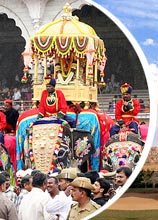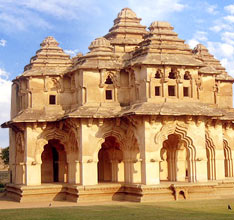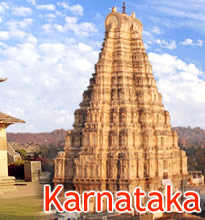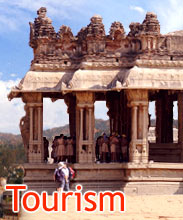 One
of the most ubiquitous forms of Indian classical dance, Bharatanatyam is
a dance high on aesthetic appeal. Even though it originated in South
India, Bharatanatyam has transcended borders and has found acceptance in
most of the parts of India and abroad. Bharatanatyam first found mention
in the oldest text of Indian dramaturgy, the Natyashastra, compiled by
Bharat muni.
One
of the most ubiquitous forms of Indian classical dance, Bharatanatyam is
a dance high on aesthetic appeal. Even though it originated in South
India, Bharatanatyam has transcended borders and has found acceptance in
most of the parts of India and abroad. Bharatanatyam first found mention
in the oldest text of Indian dramaturgy, the Natyashastra, compiled by
Bharat muni. Throughout its existence, Bharatanatyam has evolved into many distinct styles, each different from the other in terms of emphasis on facial expressions and hand gestures. The Mysore Bharatanatyam is one such style. Similar to the Pandanallur, Tanjore, Vazhuvoor, and Kancheepuram styles, the Mysore Bharatanatyam is based on the art of rajadasi's and are exoteric in nature.
Mysore Bharatanatyam dance imbibes many elements of the classical form of Bharatnatyam such as emphasis on dramatic impersonation of amorous women, the exploits of Lord Krishna and other deities. There is a profusion of abstract movements and poses, symbolic hand gestures, and elaborate facial expressions.
Dr. K. Venkatalakshamma was one of the finest proponents of the Mysore style of Bharatanatyam.










